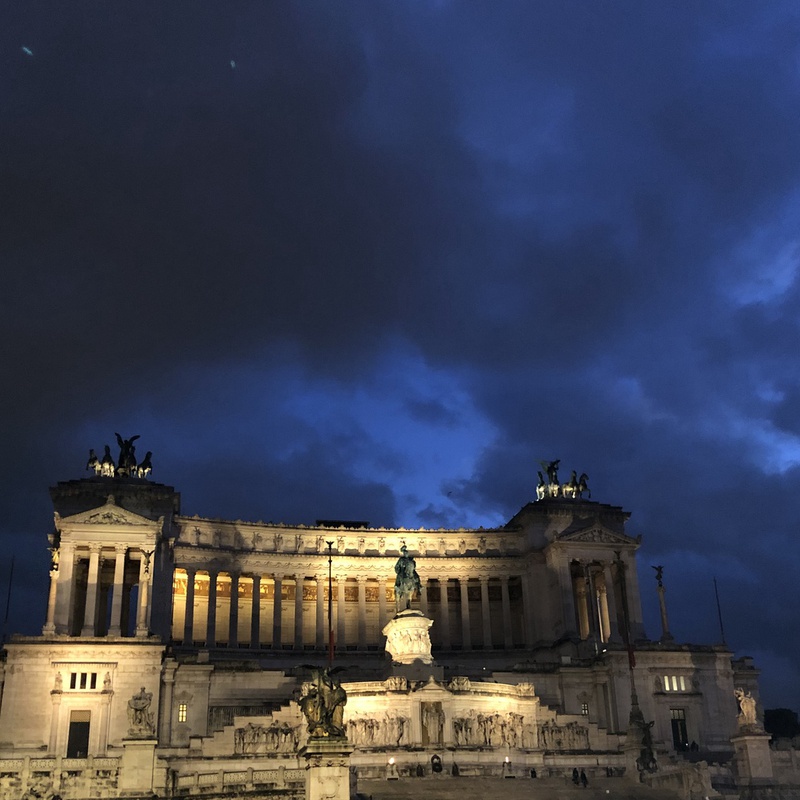Posted by Roberto D'Autilia on 25 Apr 2022
Victor Emmanuel II National Monument
1885 - 1935, Rome
Cultural site
The Victor Emmanuel II National Monument, also known as the Mole del Vittoriano or simply Vittoriano, is a monumental edifice in Rome, Italy, honoring Victor Emmanuel II, the first king of a unified Italy. Constructed between 1885 and 1935, the monument is strategically positioned between the Piazza Venezia and the Capitoline Hill. Managed by the Polo Museale del Lazio, the Vittoriano is under the ownership of the Ministry of Cultural Heritage and Activities. Architecturally, the monument is designed as a modern forum, encompassing an agora with multiple levels linked by staircases under the shadow of a grand portico with a colonnade. It symbolizes the complex journey of national unity and liberation from foreign rule led by Victor Emmanuel II of Savoy, reflecting the architectural and artistic focus on Italian unification. Consequently, the Vittoriano is esteemed as one of Italy's national symbols. Within its structure, it houses the Altar of the Fatherland, originally an altar to the goddess Rome, which now also serves as a shrine to the Italian Unknown Soldier. This element has transformed the monument into a secular temple dedicated to the nation of Italy. The Vittoriano is frequently referred to as the Altare della Patria, even though the Altar is only a component of the larger monument. Positioned at the heart of ancient Rome and bridging to the contemporary city via the avenues spreading from Piazza Venezia, the Vittoriano has been imbued with extensive symbolic significance. It stands as a secular temple metaphorically devoted to a liberated and unified Italy, a tribute that includes the interment of the Unknown Soldier, emblematic of the sacrifices made for the homeland and its ideals.
